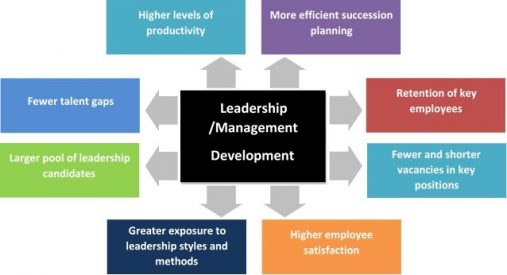Developing our leaders and managers is one of the top 5 factors in achieving competitive advantage. (Center for Creative Leadership, 2002; Charan, Drotter and Noel, 2011;Rothwell 1999; Giber, Carter and Goldsmith, 2009).1 It is critical to meeting organizational strategic goals, in engaging employees and is recognized as both a recruitment and retention strategy.
Most companies have significant skills gaps in their workforce and business leaders realize they cannot hire their way out of the problem. Therefore, they must commit to developing those skills internally. After a few tough recessionary years, research shows that most companies are increasing their L & D budgets, hence their commitment to learning. Across the board, from industry to industry, learning organizations are looking for better ways to scale their training effort, and provide more efficient and far-reaching results for every dollar spent.
Internally, L & D teams are looking at transitioning learning modalities to meet the needs of the future workforce. Larger organizations are, in some cases, are more than doubling their spend on informal learning, which will be of a similar magnitude as the switch to e-learning that began early in the last decade. High impact learning organizations have fewer training staff, opting instead to outsource more learning activities to external providers.
PRESSURE POINTS
- Skills gaps in companies continue to grow
- Large companies more than doubled their spending on informal learning tools and services in 2011
- Shrinking staff to learner ratios are pressuring L & D groups to find creative ways to extend their reach
- More virtual delivery, performance consulting and measurement and analytics are involved
- Most focus is outside of the formal learning event with L & D organizations striving to reinforce learning to ensure it is applied to the job
- Less focus on horizontal development – a belief that someone else is responsible for your development (HR, your manager, trainers). Stems from
More focus on vertical development – putting ‘you’ in the driver’s seat of your own development; a collective learning process that is spread throughout networks of people an era of rapid innovation will be needed in which organizations experiment with new approaches that combine diverse ideas in new ways and share these with others. Technology and the web will both provide the infrastructure and drive the change. Organizations that embrace the changes will do better than those who resist it. The question needs to be “What conditions do we need for leadership to flourish in the network”?
THE NEW LEARNING LANDSCAPE
“There is no longer just a leadership challenge (what good leadership looks like), it is a development challenge (the process of how to grow “bigger” minds). Managers have become experts on the “what” of leadership, but novices in the “how” of their own development”.1 There are many reasons people choose to stay or go/stagnate or grow. The environment, leadership and management, fit, compensation and benefits, culture, relationships. Our leader/manager development strategies need to be developed using the organization’s business strategy (the what) as the foundation for learning and growing, and the organization’s people plan (the how) as the framework for development. Organizations expect a demonstrable return on investment; stakeholders assume that development initiatives will provide quantifiable benefits.
Developing our leaders and managers can and should positively impact all areas in the diagram below;

A comprehensive, innovative, future looking talent strategy for our leaders and managers will show a noted change in leadership behaviour at the front line leadership level, increased team performance at the team level and an increased ability to meet strategic initiatives at the organizational level.

